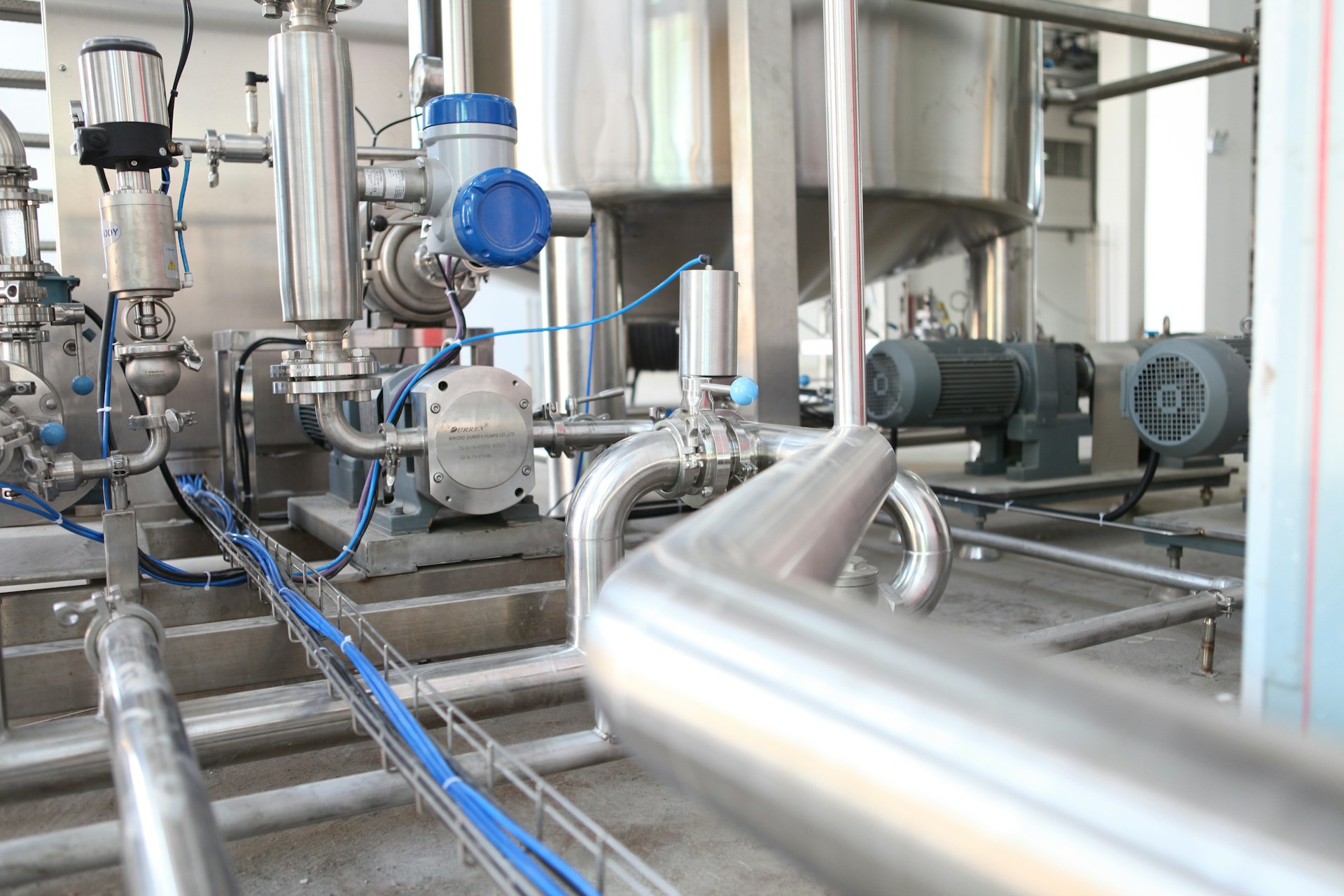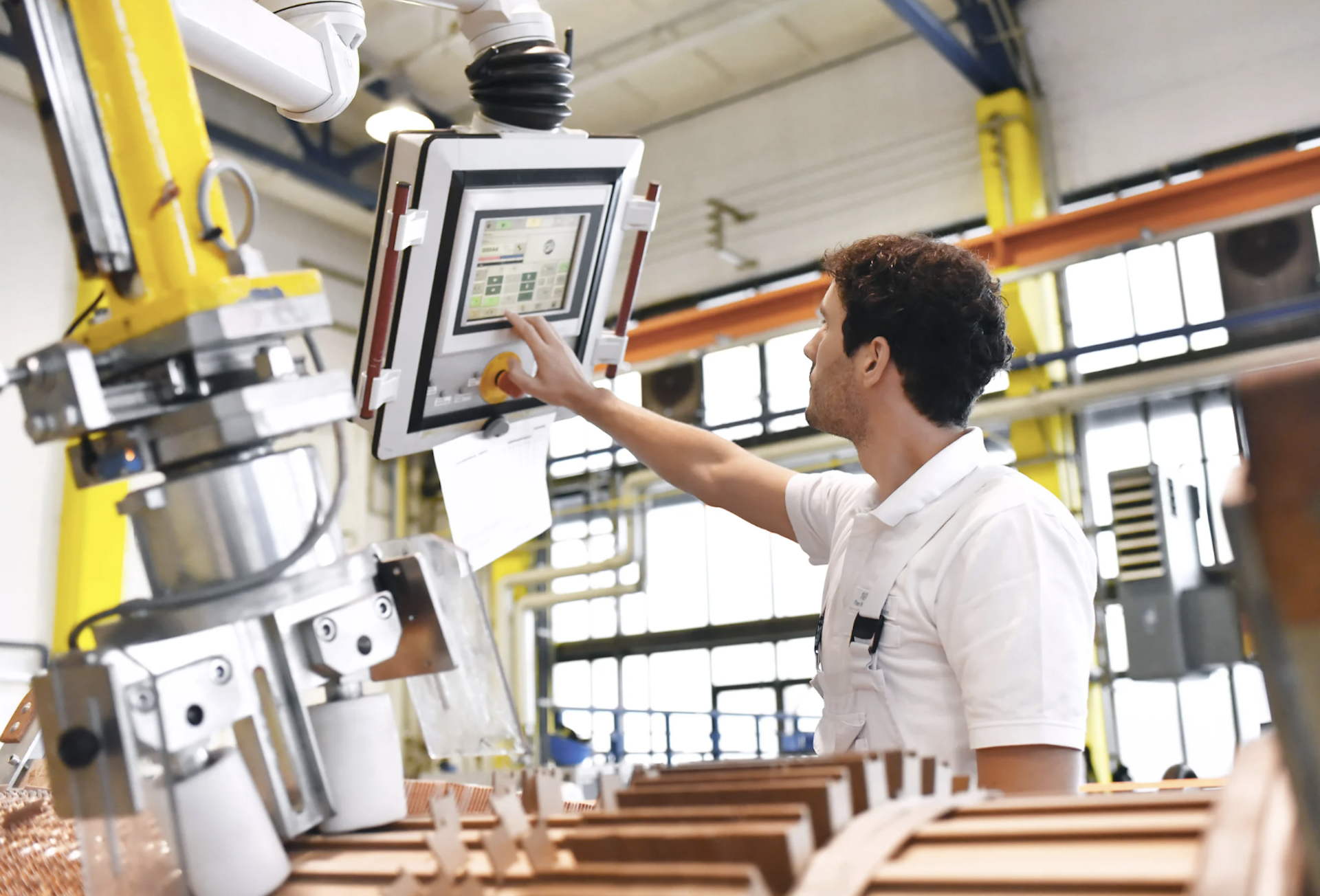In the fast-paced world of manufacturing, efficiency is paramount. Every second and every step in the production process counts. This is where workflow automation steps in, revolutionizing the way manufacturers operate. In this blog, we’ll dive into the top five benefits of workflow automation and how it can elevate your manufacturing game.
What is workflow automation?
Workflow automation is a technology-driven process that simplifies repetitive tasks within an organization. It involves using software and tools to create a sequence of actions that are automatically executed. This reduces the need for manual intervention. This automation optimizes business processes, enhances efficiency, and ensures consistent and accurate outcomes. Basically, it empowers businesses to achieve more with less effort and allows employees to focus on higher-value tasks.
Key Benefits of workflow automation
Workflow automation can certainly make life a little easier for manufacturers. Some of the key benefits of workflow automation include:
- Project Visibility and Collaboration
One of the biggest advantages of workflow automation is improved visibility and collaboration. With automated workflows, teams can easily track the progress of projects in real-time. This transparency fosters effective communication, reduces delays, and ensures everyone is on the same page. Collaboration becomes seamless, allowing teams to work together efficiently and make well-informed decisions. - Automates Manual/Redundant Tasks
Say goodbye to mundane manual tasks that eat up precious time. Workflow automation eliminates the need for repetitive actions by automating them. This not only frees up valuable human resources but also reduces the likelihood of errors. Routine tasks like data entry, inventory tracking, and report generation can be automated.
Another manual task that can be automated is building and updating BOMs as designs are created/updated. ERP solutions, like COUNTERPART, that feature SOLIDWORKS integrations offer the ability for real-time BOM creation. These BOMs can be automatically updated as designs change in SOLIDWORKS. This lets your workforce focus on more strategic and value-added activities and less on comparing current and past BOMs.. - Quality Control
Maintaining consistent product quality is a cornerstone of manufacturing success. Workflow automation plays a role in quality control by enforcing standardized processes and procedures. Automated workflows ensure that every step is carried out precisely. This level of consistency enhances product quality, customer satisfaction, and brand reputation. - Streamline Document Approval Processes
Manufacturing is a paper-heavy industry. Managing document approvals can be a logistical nightmare. Workflow automation simplifies this process by creating electronic approval workflows. Documents, like POs and quotes, move from one stakeholder to another, with notifications and reminders ensuring timely approvals. This accelerates decision-making and creates an auditable trail for compliance purposes. - Increased Productivity
The most compelling benefit of all is the increase in productivity that workflow automation brings. By eliminating bottlenecks, reducing manual intervention, and optimizing processes, manufacturers can do more in less time. This means faster order fulfillment, shorter lead times, and a competitive edge in the market.
Where to Start
Now that you know the benefits, are you ready to harness the power of workflow automation? Here’s a roadmap to get you started:
- Audit your existing production processes
Take a step back and look at your current workflows. What areas could benefit from automation? Remember, any simple and repetitive task can be automated. - Create a plan
Develop a comprehensive plan that outlines which processes will be automated. Make sure to include the expected outcomes. - Implement technologies
Choose suitable automation tools or software that align with your needs and goals. It helps to choose a tool that can integrate with systems you already have in place. For example, COUNTERPART can integrate with CAD software to create and update the bill of materials as projects change. - Train employees
Properly train your workforce to use the new automated systems. It is much easier to get people on board with a new system if they are able to see the benefits firsthand.
In a manufacturing landscape workflow automation is a game-changer. From enhancing collaboration and productivity to ensuring quality control and simplifying document approvals, the benefits are undeniable. By embracing workflow automation and following a strategic implementation plan, manufacturers can propel their operations into a new era of efficiency and excellence.
Do you want to experience firsthand how workflow automation can benefit your process? Book a demo with COUNTERPART. Let’s go on a journey to a streamlined and more prosperous future for your business.




